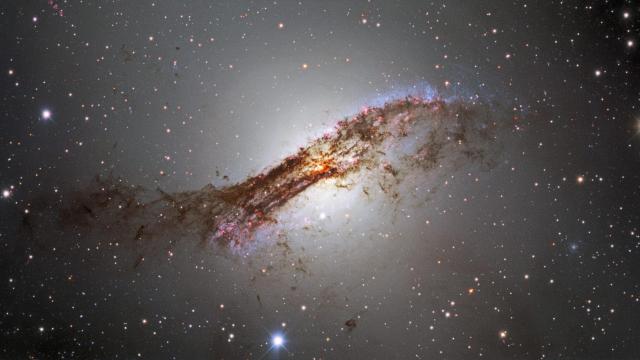Space is unrelenting in its expanse and grandeur; in the observable universe alone we’ve imaged billions of objects, but so many remain unexamined. Over the last 10 years, the Dark Energy Camera alone has imaged about 2.5 billion objects, such as galaxies, stars, dwarf planets, and supernovae, the explosive deaths of stars.
A large part of the camera’s work is the Dark Energy Survey, a project that observes supernovae and galaxies to measure changes in dark energy, the unknown 70% of the universe that drives its expansion.
The Dark Energy Camera is the 570-megapixel instrument that is key to the survey, but it also is used for separate observations from time to time, gathering light in visible and infrared wavelengths. Here are 15 images snapped by the camera that show off its remarkable vision.
Southern Pinwheel Galaxy

The Southern Pinwheel Galaxy (or Messier 83) is comprised of hundreds of thousands of stars, star clusters, and hundreds of supernova remnants, according to NASA. It’s 15 million light-years from Earth. It took the Dark Energy Camera over 11 hours of exposure to capture the vibrant light emanating from the galaxy.
Deep Field
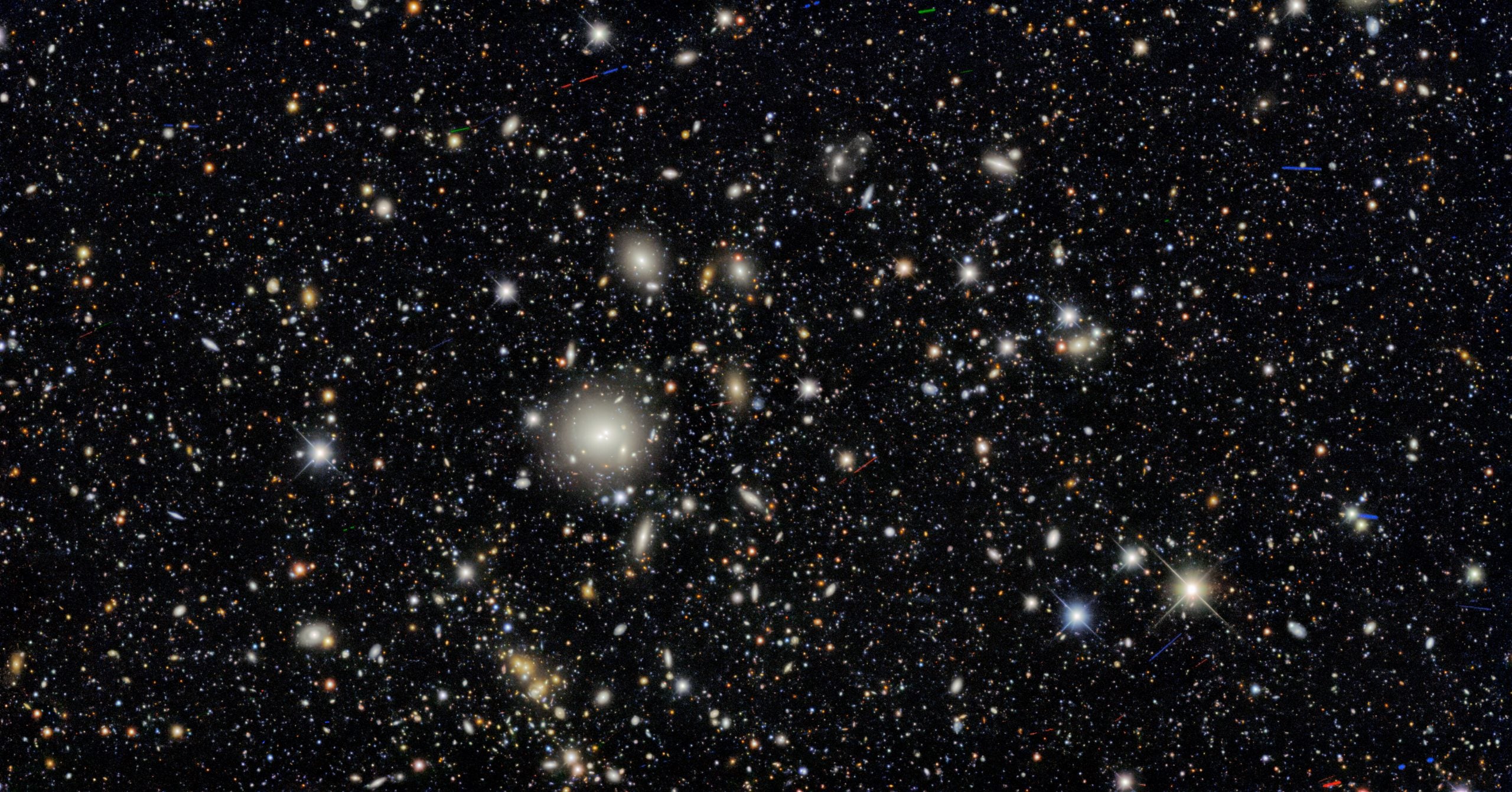
No images capture the magnitude of space better than deep fields, or images of faint light across a swath of the night sky. The Dark Energy Camera imaged 10 deep fields several times, to capture faint light in the distant universe and better understand their distribution in three dimensions. The Webb Space Telescope has imaged a couple deep fields so far, and many more will come as astrophysicists try to glean more information about the early universe.
Comet Lovejoy
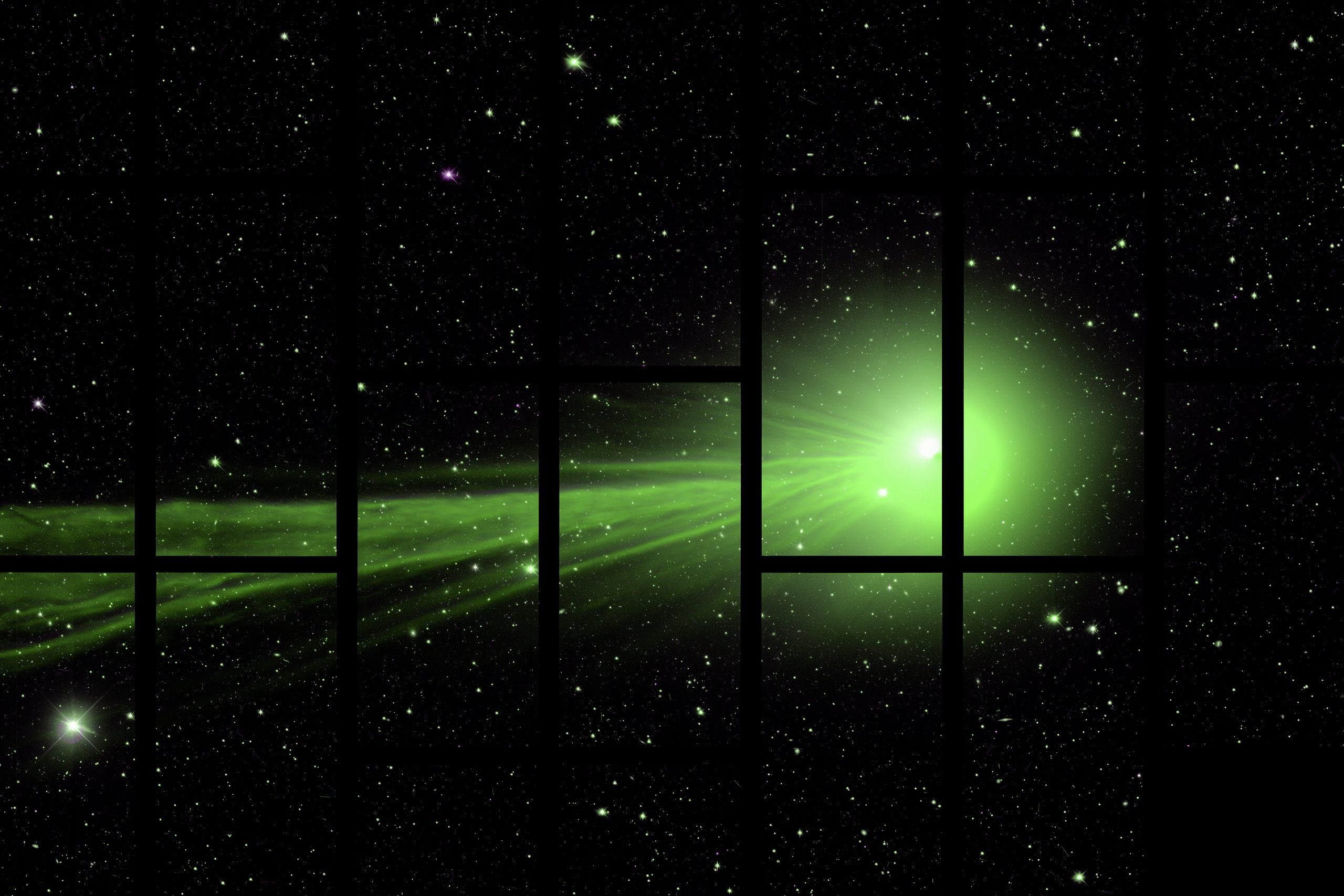
This intriguing shot shows the comet Lovejoy travelling through space, about 51 million miles from Earth. In 2015, a team of astronomers found that Lovejoy was spilling about 500 bottles of wine worth of alcohol every second as it streaked through the sky. The individual panels in this image represent each of the 62 CCDs the Dark Energy Camera uses. (CCDs are common in highly sensitive telescopes; the new LSST camera has 189 of them!)
The Spanish Dancer
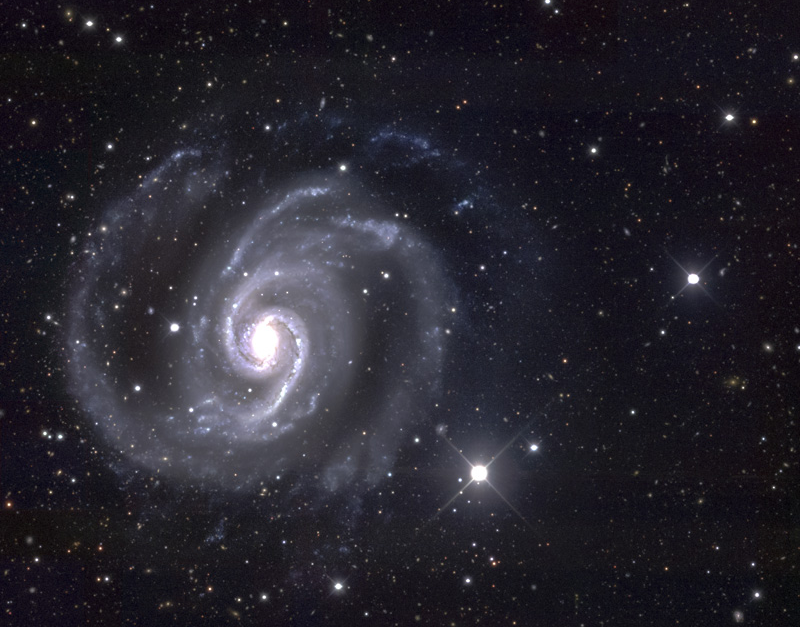
The Spanish Dancer (or spiral galaxy NGC 1566, though that doesn’t roll off the tongue) is a galaxy twirling about 69 million light-years from Earth. At the centre of the galaxy presumably lies a supermassive black hole; surrounding it are huge spiral arms, classifying the structure as a grand design spiral galaxy.
Deep Field

This deep field by the Dark Energy Camera peers inward, toward the centre of our Milky Way. There are more than 180,000 stars visible here. In this direction, dust and stars drown out the faint light of distant, galaxies. The new Webb Space Telescope takes in light at the infrared and near-infrared wavelengths, helping it see through the dust.
Little Sombrero Galaxy
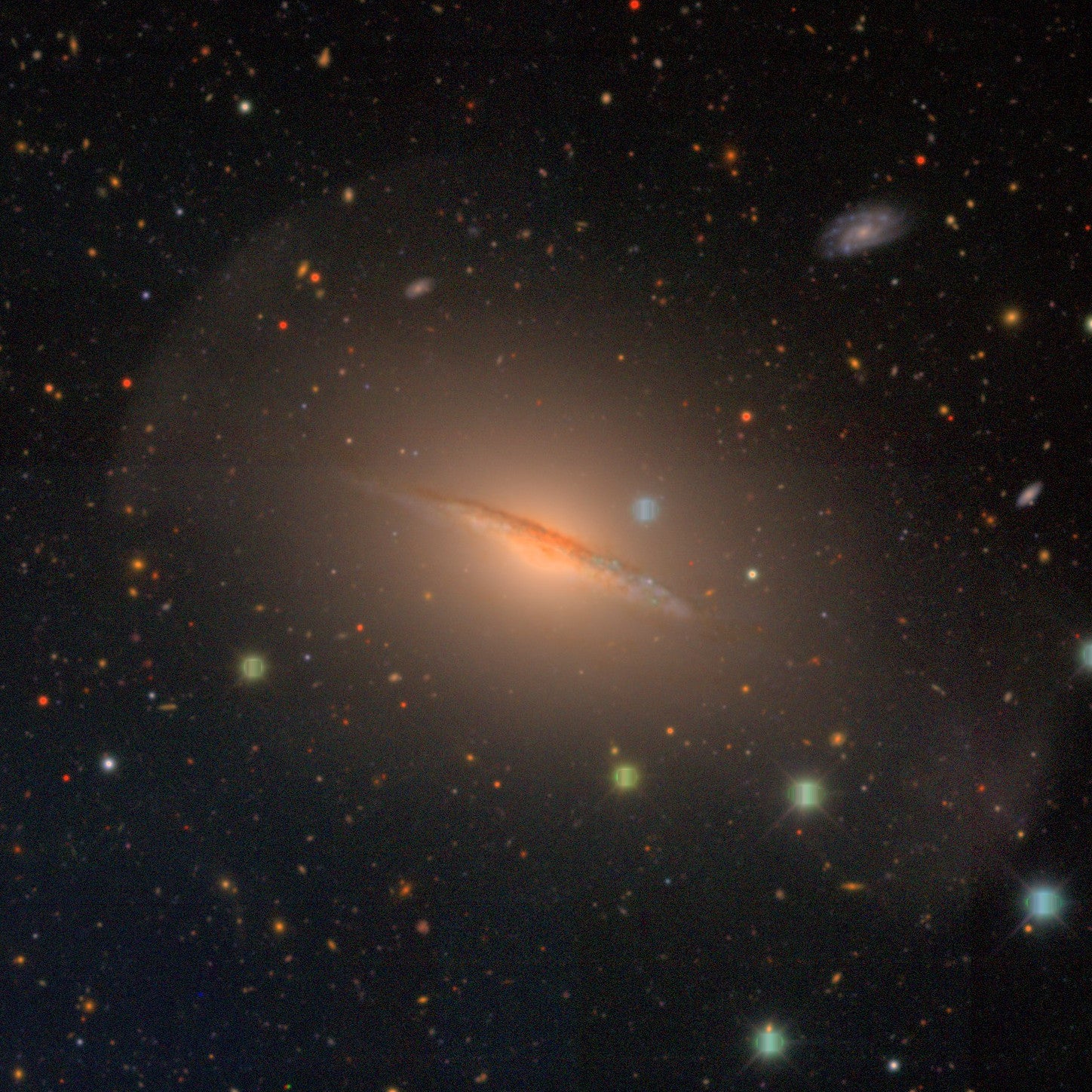
The Little Sombrero Galaxy glows orange-red in this image by the Dark Energy Camera. 66.5 million light-years away and 66,000 light-years across, the galaxy is seen ‘edge-on’: from our perspective, we see across the galaxy’s width, rather than its spiraled face.
Small Magellanic Cloud
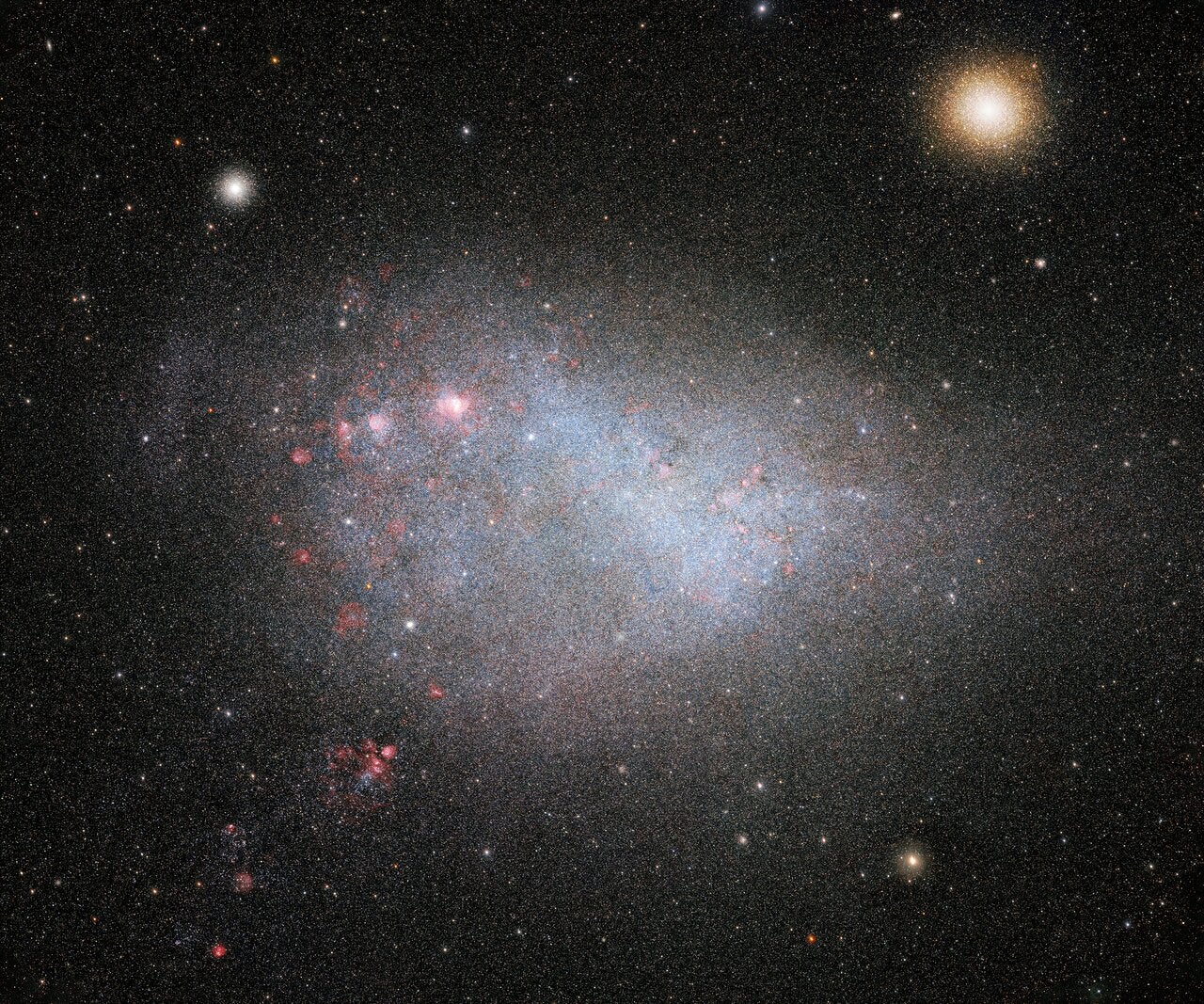
The Small Magellanic Cloud is a dwarf satellite galaxy of the Milky Way. Glowing blue and pink, the cloud is actually bright enough to be seen with the naked eye in the southern hemisphere. Due to its proximity, the cloud and its more expansive partner, the Large Magellanic Cloud, are useful tools for studying star formation.
Dorado Group Galaxy
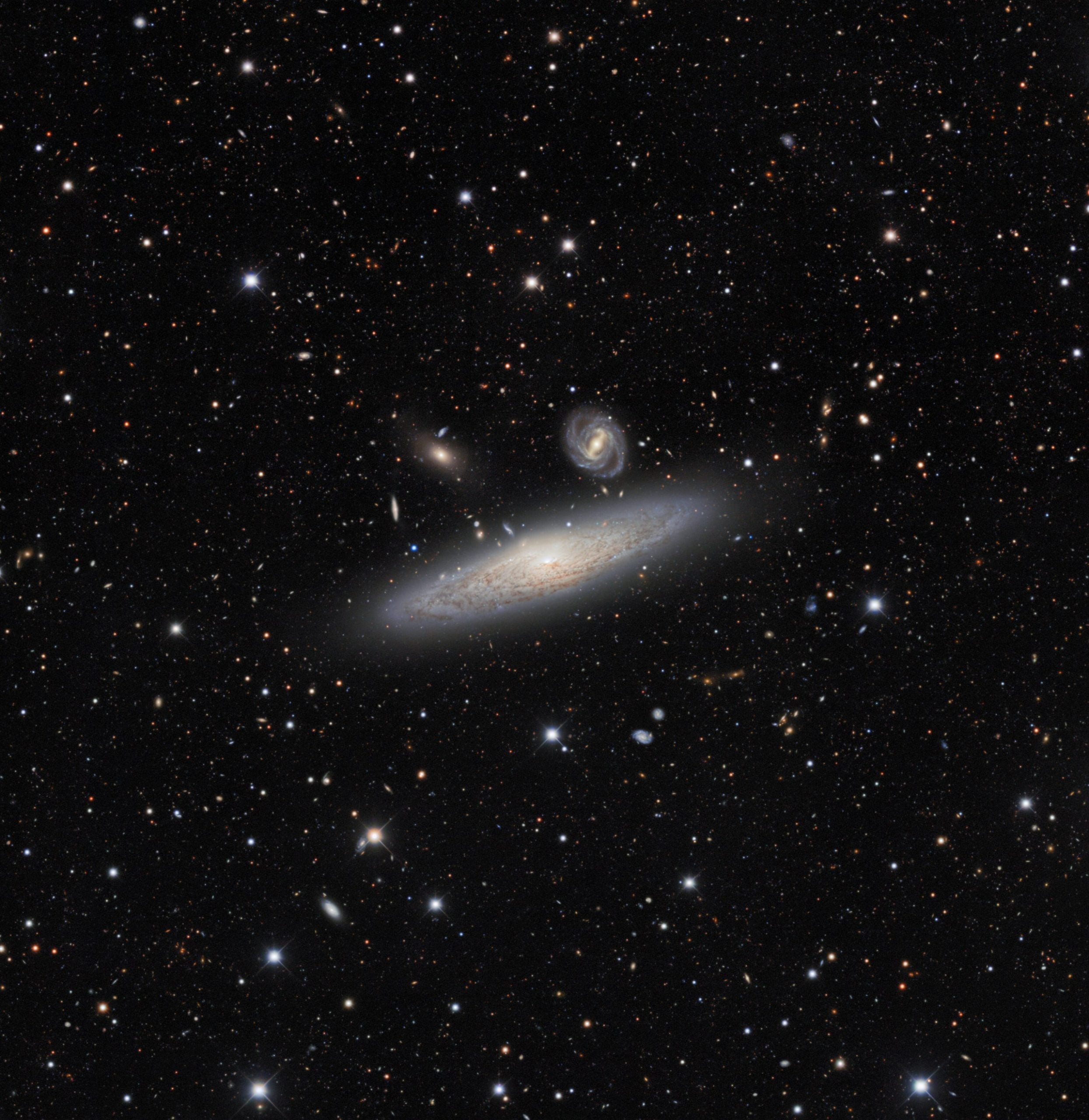
This image captures the Dorado Group; at its centre is NGC 1515, a spiral galaxy. NGC 1515 is clumped together gravitationally with the other galaxies in the Dorado Group, and in the image’s background are thousands of other galaxies.
Globular Cluster
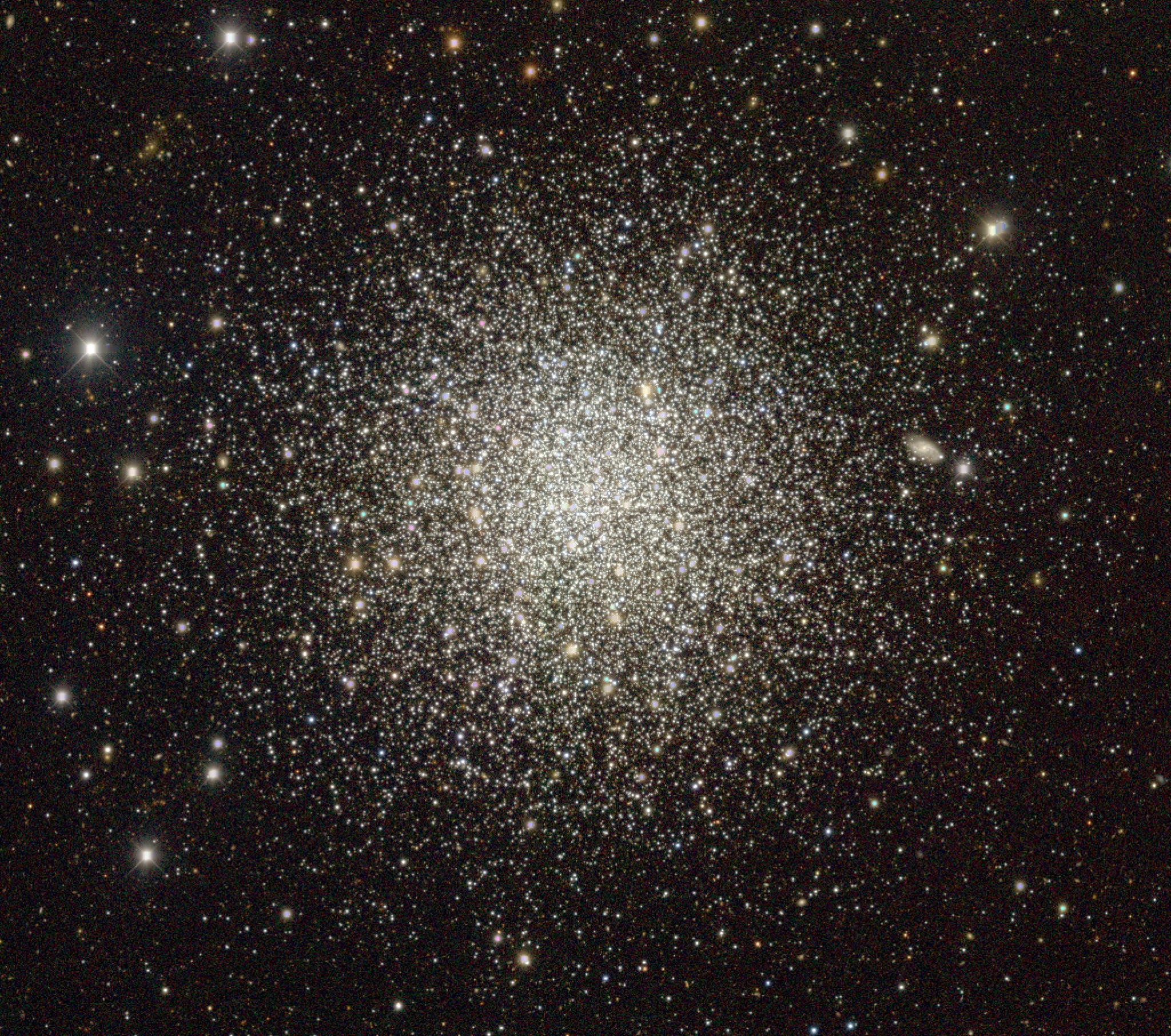
The globular cluster NGC 288 is about 28,700 light-years from Earth. The cluster of stars are gravitationally bound together, and the cluster is about 10.6 billion years old.
Centaurus A
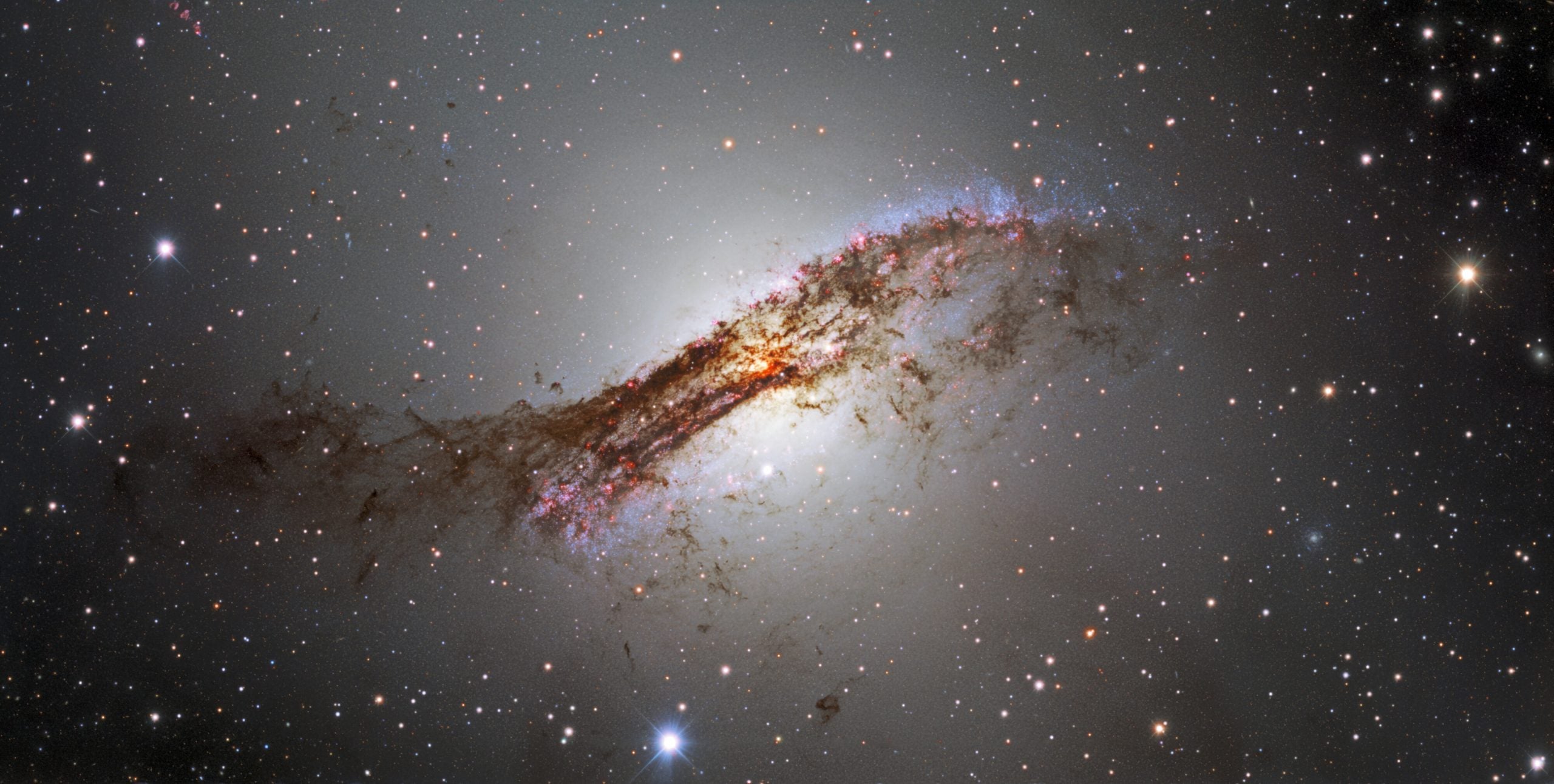
This breathtaking image shows Centaurus A, a galaxy 12 million light-years away. The galaxy is obscured by the bands of dust between it and the Dark Energy Camera, which looks as if someone smeared paint across the sky. In actuality, the dust bands arose from the collision of two galaxies.
An Irregular Dwarf Galaxy
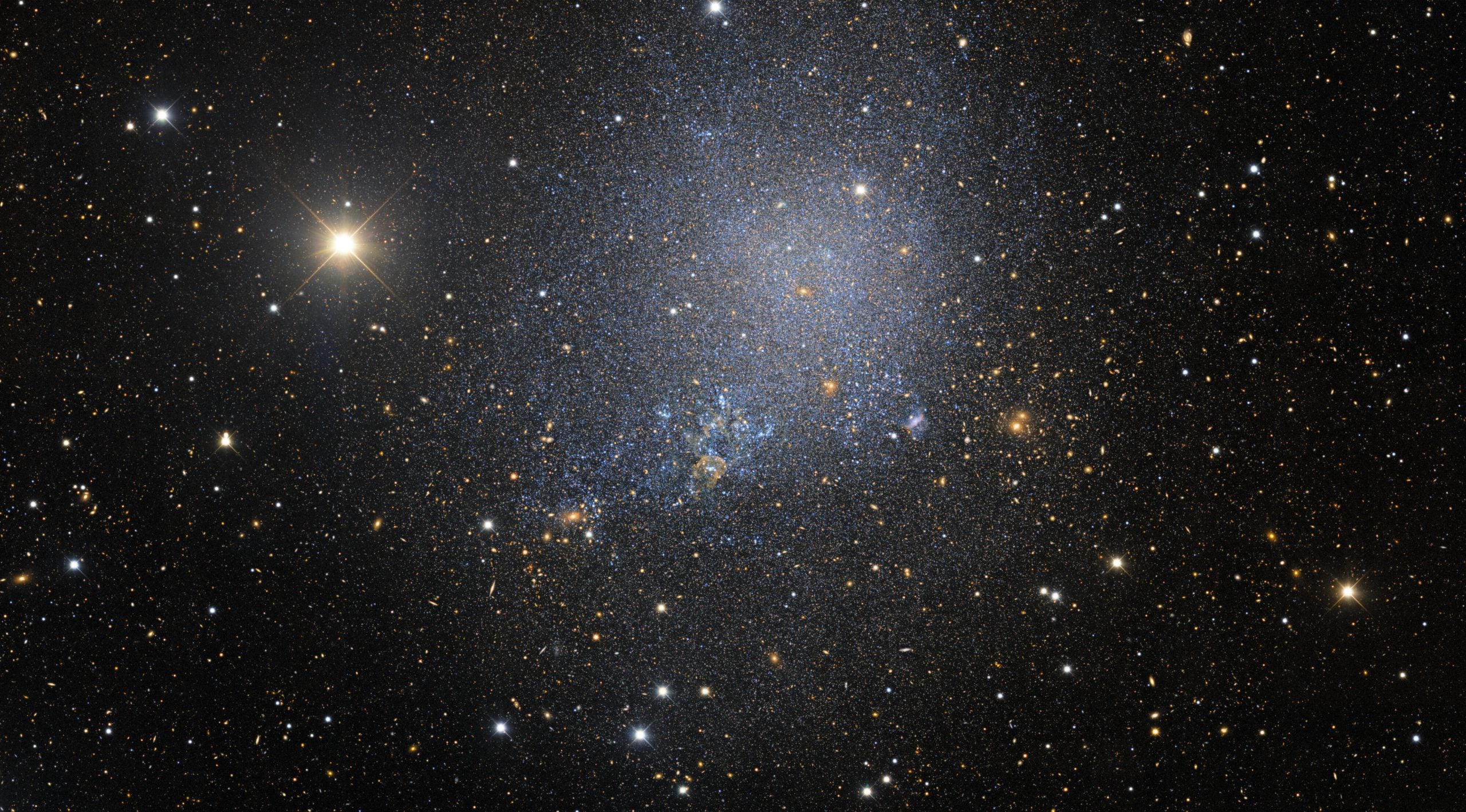
Dwarf galaxies like this one (IC 1613) are useful for measuring the potential size of dark matter particles. (Physicists try to hone in on dark matter candidates based on their potential masses.) IC 1613 is about 2.4 million light-years away and is constituted by about 100 million stars, according to a Fermilab release.
Helix Nebula
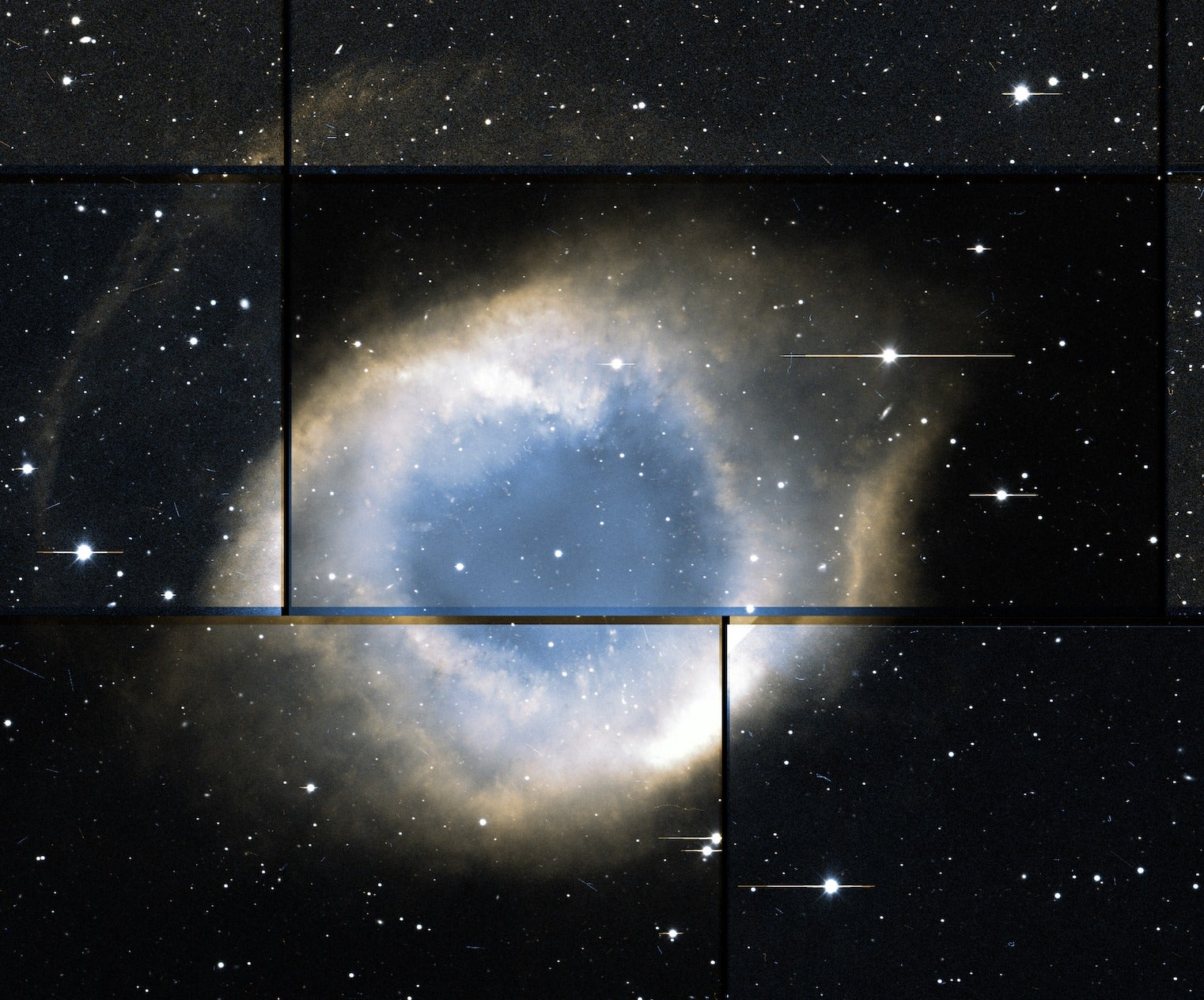
Like the image of the Lovejoy Comet, this trippy shot of the Helix Nebula is separated by CCDs. The nebula is about 650 light-years from Earth and is the remnant of a star’s death. At the centre of the ejected outer layers is a white dwarf — all that remains of the star. Our Sun will eventually die in similar fashion.
Sculptor Galaxy
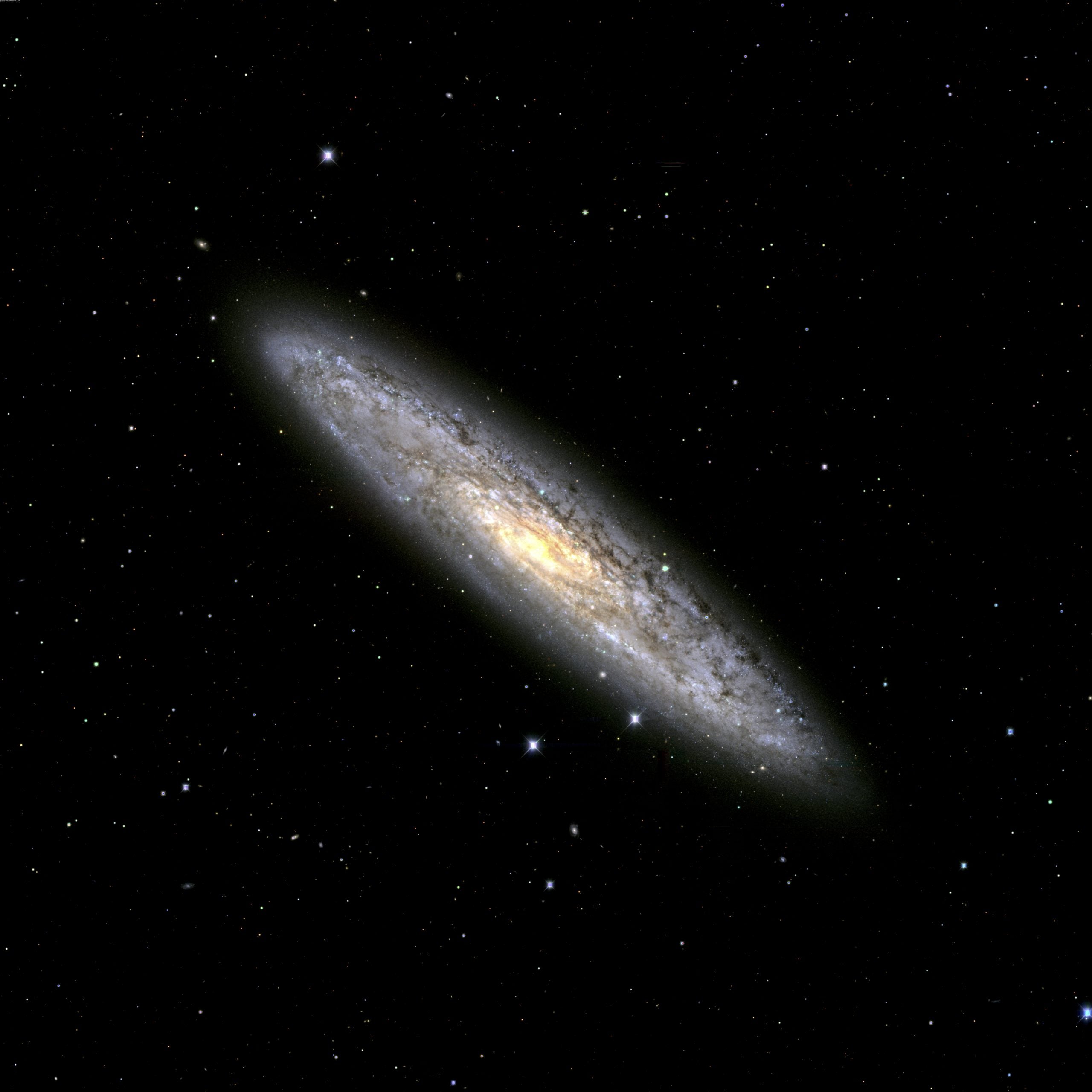
The Sculptor Galaxy is 11 million light-years away and is one of the 500 million-odd galaxies imaged by the Dark Energy Survey. It’s currently undergoing a rapid period of star formation — from our perspective, it’s a luminous disc, reminiscent of a cosmic egg served sunny-side-up.
NGC 474

Hundreds of millions of stars are seen in this image of the elliptical galaxy NGC 474. The galaxy’s shells might be tidal tails, though their cause is unknown. A larger, zoomable version of the image can be found here.
A Barred Spiral Galaxy

The galaxy NGC 1465 in the Fornax cluster was one of the first objects imaged by the Dark Energy Camera a decade ago. The galaxy’s spiral arms are so stretched the galaxy resembles a lightning bolt in the sky.
